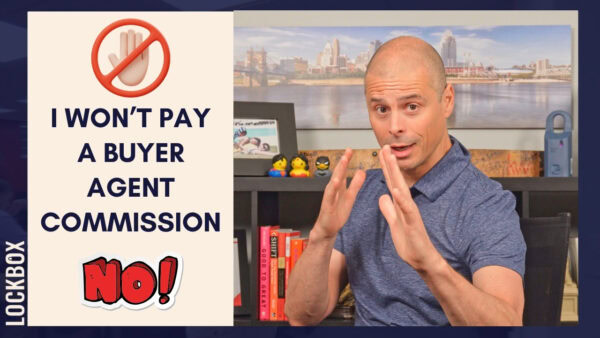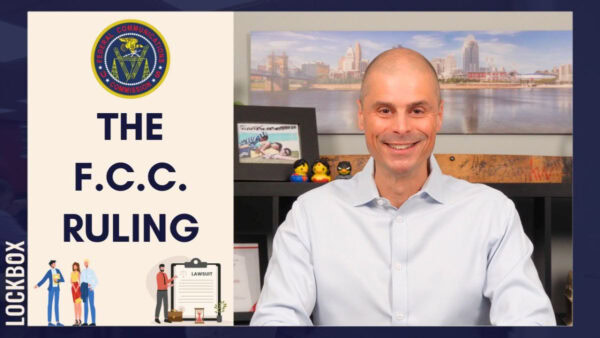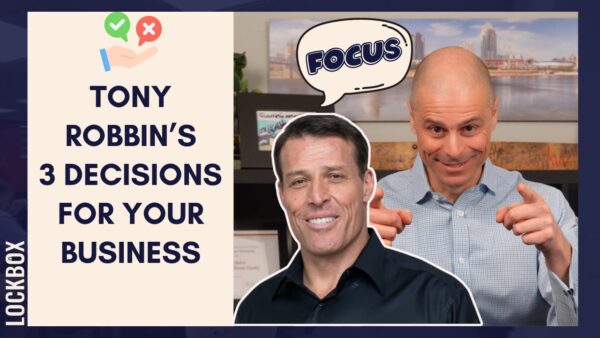How To WIN In Multiples – Part 1

How To Win in Multiples: Part 1
As I sit and write this (Spring of 2023), never in Cincinnati’s real estate market have we seen such an acute seller’s market. The median days on market for a home is five days – FIVE DAYS!! – and multiple offers on homes are back in full force.
In today’s competitive real estate market, winning in multiple-offer situations is crucial for your clients. As their agent, you need to be bold and use every technique at your disposal to ensure your client gets their dream home.
In this article, I will be sharing with you 4 of 8 multiple offer techniques that our company, The Chabris Group, is currently using to win in multiple-offer situations at an almost 50% success rate. And that’s a big deal in this competitive market! Following are the first four techniques we use to WIN.
Technique 1: The Power of Expectation-Setting
First and foremost, it’s crucial to effectively communicate what reality looks like for your clients and set the right expectations for the market of the moment. Your buyer clients must understand that they are competing for a scarce resource in today’s real estate market.
As demand for properties continues to outpace supply, potential homeowners must recognize the highly competitive nature of their search. By explaining this reality to your clients early on, they will be emotionally prepared and motivated to act decisively when the time comes to make an offer. This is best illustrated by sharing statistics (Days on the Market, Absorption Rate, sales price as a percentage of the listing price, etc.) with your clients: what a normal market looks like vs the market we are currently in. Sharing data like this helps clients logically process the market. Sharing a story that illustrates the data will help your client emotionally process the information and be ready to act.
Once you have explained the market, it’s essential to educate your buyers about the importance of having a strong offer, being pre-approved for a mortgage, and offering compelling terms to stand out among other contenders.
Technique #2: Crafting a Compelling Offer Summary
Summarize your offer!
Providing a summary of your offer to the listing agent can play a pivotal role in getting your client’s offer accepted.
Given the highly competitive nature of the property market, it is not uncommon for listing agents to be overwhelmed with numerous offers from various prospective buyers. It can quickly become challenging to manage! To help alleviate this burden and streamline the process, I highly recommend that you include a concise yet comprehensive summary at the beginning of your email communication to the listing agent that highlights the key aspects of your offer.
In this summary, you should clearly outline the proposed purchase price, financing terms, earnest money deposit, contingencies (such as home inspections, financing, and appraisal), proposed closing date, and any other pertinent information or terms that may set your offer apart from others. By doing so, you are creating a convenient snapshot of your offer, allowing the listing agent to quickly grasp the essential details. Listing agents love this! It can also be helpful to send a text to the listing agent with the same information so they are immediately aware of the offer.
This approach demonstrates your professionalism, attentiveness to detail, and commitment to great communication. In a competitive market where time is of the essence, listing agents will greatly appreciate your efforts in making their job easier and more efficient. As a result, they may be more inclined to present your offer favorably to the seller.
Technique #3: Covering the Appraisal Gap
In a multiple-offer situation, covering the gap between the sales price and appraised value can make a significant difference in winning the bidding war.
It shows the seller that your buyer is serious and committed to buying the property, even if it means paying more than the appraised value. The willingness to cover the gap can be a game-changer, especially when there are several offers on the table.
However, it’s important for buyers to be mindful of their budget and financial limitations when deciding how much they are willing to cover. While it may be tempting to offer more money, it’s crucial to ensure that they don’t overextend themselves financially. The last thing a buyer wants is to end up in a difficult financial situation after closing on the property. As their fiduciary, it’s critical to educate them on current home values so they can make informed financial decisions such as offering to pay the difference on some or all of a potential appraisal gap.
Technique #4: The Walk-and-Talk Inspection
The last technique I want to talk about in this post is the concept of proceeding without an inspection contingency.
This is becoming more prevalent as a strategy to help buyers secure their homes in the face of multiple competing offers. Sellers find this very compelling as it removes one of the most challenging contingencies to the agreed-upon home sale. It’s important to note that, as professionals, we should never explicitly advise our clients to make an offer without an inspection contingency in place. However, some seasoned real estate investors may choose to follow this strategy in order to stand out in a crowded field. This is a challenge if our clients are competing with investors or other buyers that are willing to waive the inspection contingency. How can we compete in this scenario and still protect our clients with a home inspection contingency?
To minimize the risks associated with submitting an offer without an inspection contingency, a walk-and-talk inspection can serve as a valuable safeguard.
For a predetermined fee, some licensed home inspectors will walk through the property alongside the buyer during the showing, before an offer has been made, providing on-the-spot observations and insights into any potential big-ticket problems that could have a significant impact on the buyer’s ownership of the property.
This walk-and-talk inspection allows the buyer to gain a deeper understanding of the property’s fundamental condition and any major issues that may present themselves. From structural problems to costly repairs like a failing HVAC system or a damaged roof, the inspector may help the buyer identify potential deal-breakers before making a final decision. By doing so, the buyer is better equipped to determine if they are willing to move forward with a purchase offer that waives the inspection contingency and becomes more compelling in multiple offer situations.
In essence, a walk-and-talk inspection serves as a compromise for buyers who are considering foregoing the traditional inspection contingency in their offer. It provides them with a level of confidence and knowledge about the property’s condition, while still allowing them to present a more appealing offer in a competitive market. This approach requires a careful balance between risk and reward, but for some buyers, it can be the deciding factor in securing the property they have their sights set on.
Be aware – these shorter, less comprehensive inspections are paid for before an offer has been accepted, so make sure your buyer has at least driven the property and is fairly confident they will write an offer on it before they schedule a walk-and-talk inspection. Be sure to identify one or two inspectors that will perform this service and identify what their fee is for doing so. It should be less than a formal home inspection.
Winning in Multiples – Halfway There!
So there you have it – the first four of eight techniques agents and their clients are using at The Chabris Group to win more frequently in multiple offers. In my next article, I will share the other four strategies we use – that you can too – to help secure that dream home for your client. Remember, being bold and using every tool at your disposal is crucial in today’s highly competitive sellers market!












